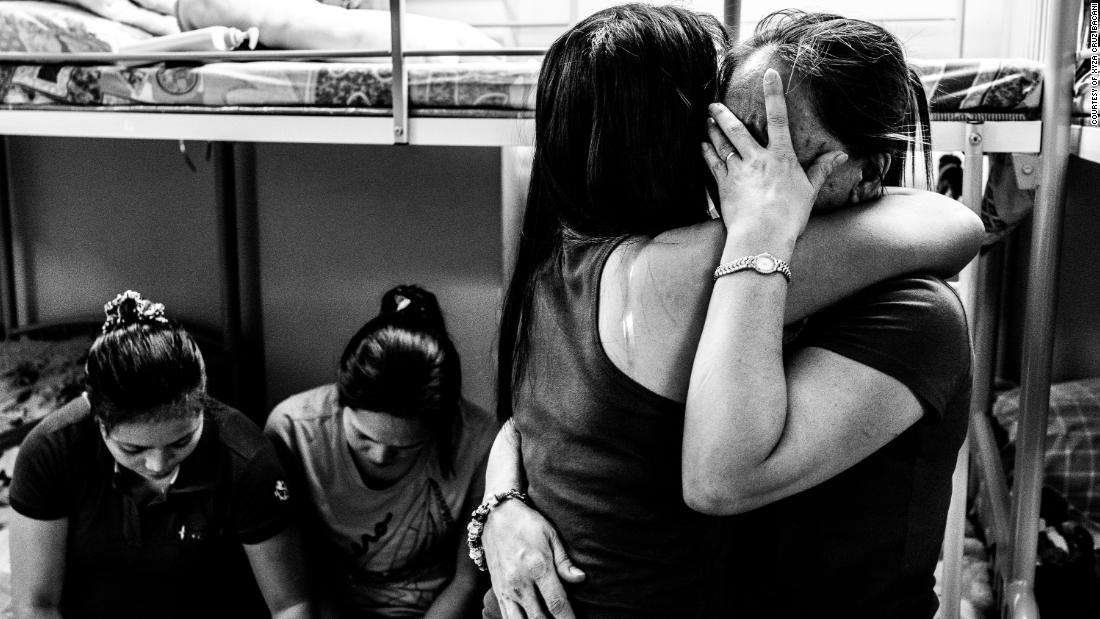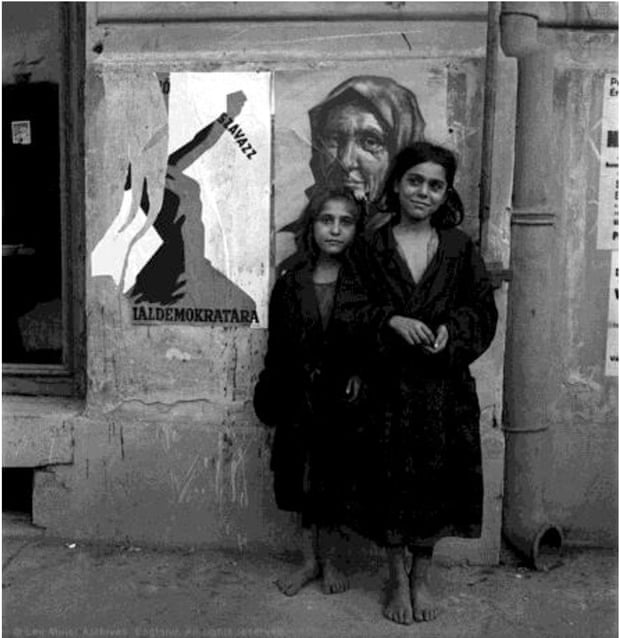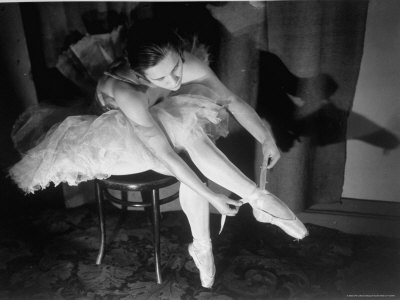During my creative process experiment , I took my photos in black and white and not color. Most of the photojournalists we have spoken on took their pictures in black and white because in their era color didn't exist. As I was taking my pictures, I did them on something that I enjoyed and relaxed, which is summer and the water. Today, I went on a trip to Rhode Island and I knew I was going to by the water. I set my camera in black and white and took different pictures. Most photojournalists takes pictures of something they have a passion for. Summer is my favorite season and I love being by the water at beaches around the area or just taking walks on boardwalks or around the area. The photos I have taken are on a dock , showing the true beauty of summer and the ocean. When taking this photo I felt like if people viewed it would make them want to experience it themselves.
Images by: Aaliyah Wright
When I think of Photojournalism I
still feel the same way, nothing has changed. Photojournalism is a career where
a person takes images in different kind of ways to tell a news story. Most
images have a meaning to it, and some of them you may not get right away, you
will have to look deeply into the image. I still feel the same way about
Photojournalism as I did before. Only thing different is that I am more
positive about photojournalists. At first I thought they were just taking
pictures just for the fun of it and really didn’t have a passion for what they
did. As I read more into photojournalists they love what they do and some of
them would like to change the community, world in some way. For example, with
the person I did my photojournalist profile on James Van Der Zee, he wanted to
show the beauty of African Americans in different ways. The history of
photojournalism is important because it tells us about the past life before we
were born. It lets us know the important issues that aren’t addressed now. I
really wouldn’t say that I had any big “Ah ha” moments, but there are moments
that I enjoyed. For instance learning the different reasons that motivate
photojournalists and making our personal motivation maps. It let me personally
compare my life to photojournalists. The question, do photographs change the
world? I would say yes depending on what type of photos you are looking at.
James Van Der Zee photographs interested me the most because they are African
American photos which are my culture and then they were different variety of
photos that make people happy.
Image by: James Van Der Zee
Looking through my classmates work I
learned a lot of history about different photojournalists. Each person did a
good job of explaining their photojournalist in a great way. One thing that
caught my attention very well was when Alejandra asked “How
did Zoriah images impacted society?” I liked the answer when it was stated that
the society should know that issues still exist and it impacts everything
around us.
Photo by: Zoriah
This photo shows how somewhere in a different country this women is suffering from malnutrition and these people need as much help as they can get.
Another thing that my classmate Patrick
mentioned was how Steve McCurry likes to get to know his subjects. Patrick
feels that Steve has a great sense of trust and people trust him as well, which
a great quality for a photographer.
Photo by: Steve McCurry
This photo is of a young women and I feel that she is trusting Steve McCurry to take a photo of her and making her look beautiful.
Last but not least, Kelsy has worked on photographer Michael Kamber, and he covers history of wars in Iraq, Afghanistan, Sudan and other countries. What I liked that Kelsy pointed out is how Kamber said photojournalism is "dead" and its all about winning awards and prizes. I'm glad she pointed this out because when I was going through the course especially at the beginning , I felt like photojournalists only cared about their awards because they got noticed more and more money was coming in.
Photo By: Michael Kamber
During this course I can say I have learned a lot more than what I knew before. From learning about the history of women, to technology, and techniques, I really enjoyed it. My favorite part was definitely the technology and creating the timeline, it made us look deeper into photography and how the photojournalists go about creating their images. I think its great for people to know the history of photojournalism because it makes us expand our knowledge. Each task we did I learned something new.































